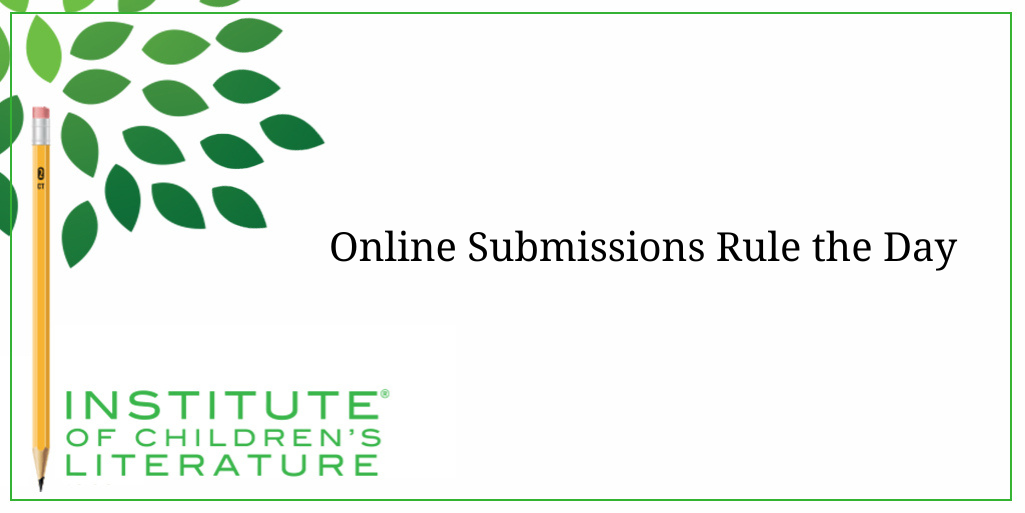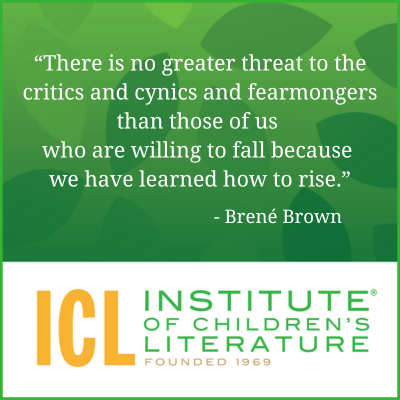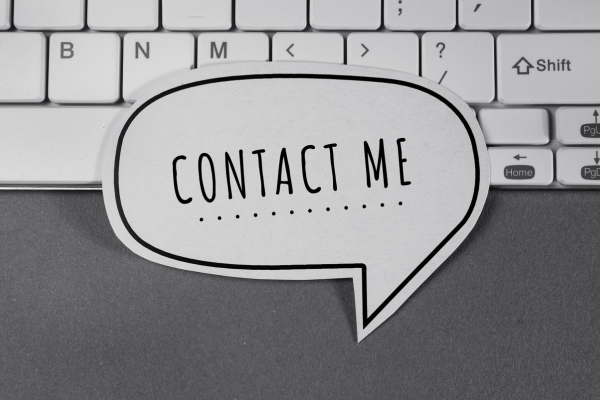
5 Ways Writers Can Prep for 2025 Goal Setting
Before we roll on to the new writing year, let’s harness our optimism for the blank slate before us and prepare for our 2025 Goal Setting just for writers.

Before the turn of the new century, when I first wrote about how to put together submission packages and send them to publishers, I mentioned email submissions simply because a few publishers accepted them. Back then, the bulk of submissions had to be made by postal mail and so I talked about things like the quality of your printer and how best to create a self-addressed stamped envelope. That has certainly changed today.

Not all online submissions are formatted or sent the same way. Online submissions may be made by email as attachments, by email with all items pasted directly into the email, or by online forms or submission portals like Submittable. With so many different options, it’s more important than ever to carefully study publishers with a good market guide and know exactly how they want to be contacted before you send anything.
Sometimes the fact that every publisher seems to want submissions sent differently can be frustrating, but there are several factors at work. Publishers and agents who are open to hearing from writers must make that process as easy as possible for themselves. It is often the thing a publisher has the least amount of time for.
After all, they have plenty to do to make books out of the projects they’ve already accepted and have under contract. Then they must do what they can to sell those books to as many people as possible. The publisher needs to focus on the already contracted books because they’ve already invested in those books. The same is true for agents. They can fill up a day with the tasks needed to properly represent the clients they have already signed.

Knowing this, smart writers read submission guidelines carefully to ensure they send submissions in the method the publishers prefer—whether that is through email or through a submissions system like Submittable. Publishers consider security (since accepting anything over the internet runs the risk of viruses) as well as efficiency. The most security-conscious will use a service to ensure less chance of accepting a virus or will insist on email only without attachments for the same reason.
If you are sending everything pasted into the body of an email, don’t try to force special formatting. In other words, don’t TRY to get this to look like a “normal” manuscript with centered tiles and subtitles, indented paragraphs, and double spacing. That kind of forced format won’t look the same when it arrives as it did when you sent it. And if the receiving publisher or agent can’t read the submission easily because the format is a mess, they won’t take the time to sort it out. That’s time they simply don’t have.

Writers need to be certain of specific things whenever sending online submissions. Double-check that you are using the methodology the publisher prefers. Make sure replying to you is as easy as possible. And, finally, only submit to publishers or agents with whom you want to work.
To ensure the first certainty, you will need to track down submission guidelines (which may be online at the publisher’s site or may be sent to you by email when you use a contact form on the publisher’s site.) As a default, always assume you should send no attachments to anyone unless they have specifically said that is how they wish to be contacted. When in doubt, keep attachments out. Some publishers have servers that will not even allow emails with attachments through, so if you’re ignoring this guideline, you may be sending emails into the ether that never land at the publisher you desire.
To ensure the publisher can find you after initial contact, always ensure you have contact information on all the pieces of your submission. The only time you’ll ignore this “rule” is if the publisher has guidelines specifying they only accept anonymous submissions. In that case, you need to follow the specific guidelines very carefully as there will always be a place to give your contact information even if that place isn’t the manuscript and cover letter.

The time to decide if you like the idea of being published by a specific company is when you are making up your submissions list, not when an editor has gotten back to you with a request for a full manuscript, or an offer to publish. Nothing creates bad feelings more quickly than for a publisher to put in the time to read your submissions only to discover you weren’t really interested in publishing with them.
That doesn’t mean that simultaneous submissions aren’t fine. Most of the time they are as long as everyone involved knows that’s what’s happening with this submission. But be sure this isn’t a publisher that specifically doesn’t want simultaneous submissions. And make sure that every publisher you’re submitting to has been properly researched so you know you’d at least be comfortable being published there. The time to discover a publisher has a bad reputation is before you submit, not after.
You may have been told that you should never use a free email server to send submissions. This “rule” was spread around with great authority years ago, as if an author with a Gmail email address would somehow be looked down upon by publishers. This simply isn’t true. Plenty of excellent writers use free email addresses, so don’t worry about that.

Online submissions are so common that most writers are comfortable with them, but don’t become so comfortable that you forget the important requirements of typo-free text and careful adherence to the submission guidelines. As with so many things in this business, success is often found in the care we give the details. So sweat the right small stuff, and you should be on your way to submission success.
With over 100 books in publication, Jan Fields writes both chapter books for children and mystery novels for adults. She’s also known for a variety of experiences teaching writing, from one session SCBWI events to lengthier Highlights Foundation workshops to these blog posts for the Institute of Children’s Literature. As a former ICL instructor, Jan enjoys equipping writers for success in whatever way she can.

Before we roll on to the new writing year, let’s harness our optimism for the blank slate before us and prepare for our 2025 Goal Setting just for writers.

Writers can be thin-skinned when it comes to getting feedback on their work. Let’s look at 4 ways to positively deal with constructive criticism!

Rejection is part of the territory when it comes to being a writer. Today we offer reflection for writers to help redirect your efforts after a rejection.
1000 N. West Street #1200, Wilmington, DE 19801
© 2024 Direct Learning Systems, Inc. All rights reserved.
1000 N. West Street #1200, Wilmington, DE 19801
© 2024 Direct Learning Systems, Inc. All rights reserved.
1000 N. West Street #1200, Wilmington, DE 19801
© 2024 Direct Learning Systems, Inc. All rights reserved.
1000 N. West Street #1200, Wilmington, DE 19801
© 2025 Direct Learning Systems, Inc. All rights reserved.
1000 N. West Street #1200, Wilmington, DE 19801
©2025 Direct Learning Systems, Inc. All rights reserved. Privacy Policy.
1 Comment